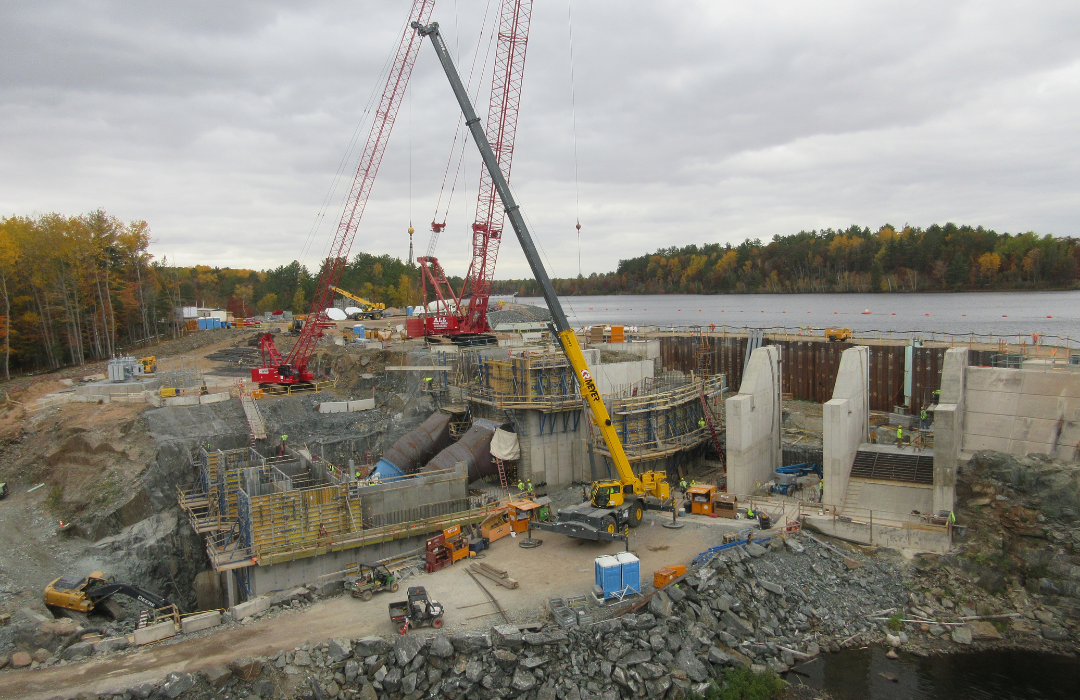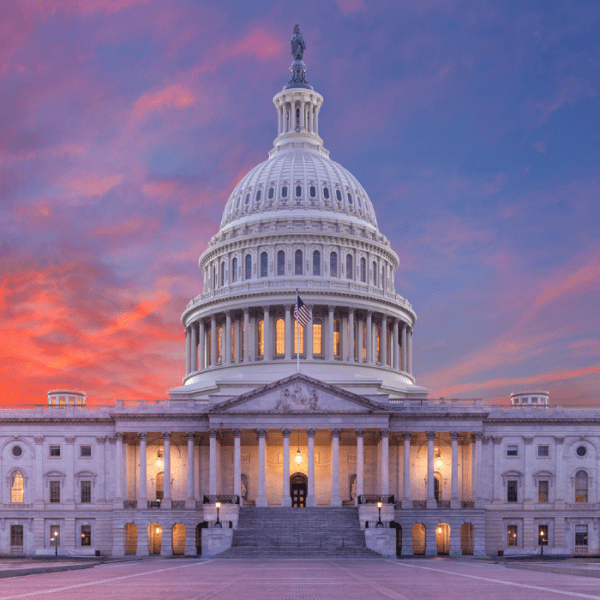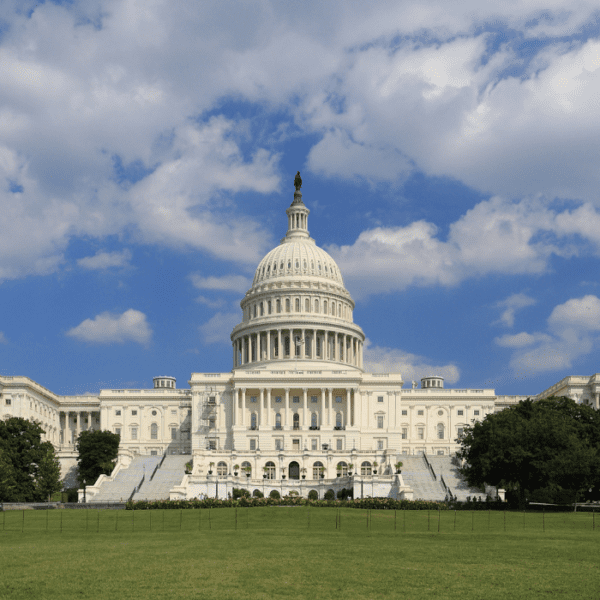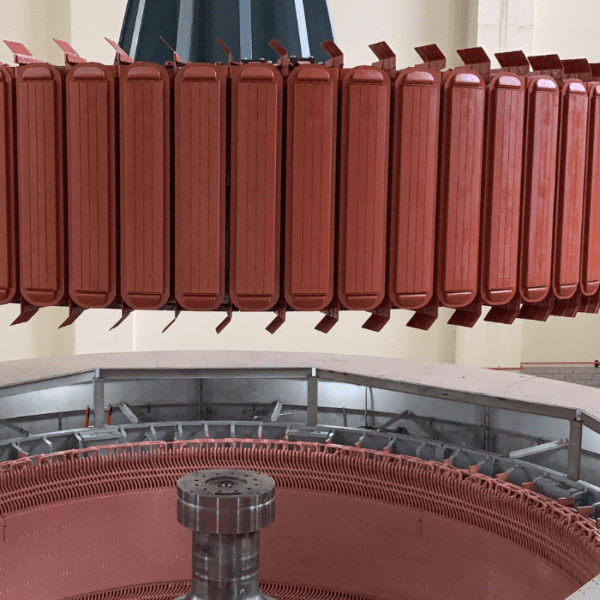Edging ahead this week in the U.S. Senate is a bipartisan infrastructure plan – the Infrastructure and Investment Jobs Act – that unveils a $1.2 trillion infrastructure bill pouring $550 billion of new federal funds into investing in roads, bridges, highways, dams and upgrading broadband connections.
The legislation – if passed – will represent the biggest spending in decades on American infrastructure.
Recognizing the importance of the health of our rivers and hydropower, the bill invests upwards of $2.403 billion in provisions negotiated between conservation groups, dam safety organizations, and the hydropower industry.
For waterpower (conventional hydropower, pumped storage, and marine energy), the bill offers record-setting financial incentives. (See details below.)
In addition to waterpower, the act provides $800 million for dam safety, specifically for the rehabilitation of high-hazard-potential dams and safety projects to maintain, upgrade and repair dams. The bill also provides $800 million for dam removal and in-stream barriers with the consent of the dam owner.
Such financial influx is intended to accelerate investment in the rehabilitation, retrofit, and removal of dams determined by their owners to have reached the end of their useful life.
State of Play This Week
This bipartisan infrastructure bill reflects physical investments brought forward by a key group of Republican and Democratic Senators referred to as the “Gang of 22” led by Democratic Senator Joe Manchin of West Virginia and Republican Senator Rob Portman of Ohio. (see end of article for the list of the Gang of 22.)
The Senate advanced the bipartisan infrastructure bill, bringing it another step closer to final passage. It cleared the Senate in a 68-29 vote on Sunday, August 8, with 18 Republicans joining 50 Democrats to break the filibuster. Key Senate Republicans joining Democrats to advance the bill included Senate Minority Leader Mitch McConnell and Senators Mitt Romney of Utah and Bill Cassidy of Louisiana.
As of Sunday, lawmakers were still haggling on which amendments to vote on before setting up a final vote. An earlier attempt to fast-track the bill collapsed over concerns of how the bill would grow the national debt. The bumps in the road now are over a clash on how to step up tax enforcement on cryptocurrency actors, loosening restrictions on coronavirus aid money so that states and cities can spend it on infrastructure, a $50 billion defense infrastructure fund, and the omission of more groups from reporting to the IRS.
Investments for Waterpower Infrastructure
Baked into the Senate’s bipartisan infrastructure bill are milions of dollars of incentives for hydropower, pumped storage, and marine energy. Here’s a rundown of what’s included:
- $553 million to support grid resilience, dam safety upgrades, and environmental enhancements at existing hydropower facilities, by creating a new Section 247 in EPAct 2005 that establishes a grant program administered by the Department of Energy. The grants (up to $5 million a year per recipient, up to 30% of capital expenditure) will be available for qualified hydroelectric facilities for capital improvements related to: grid resiliency, dam safety, and/or environmental and recreational improvements. To be eligible, projects must be in compliance with all applicable federal, Tribal, and state requirements, or be brought into compliance as a result of the capital improvements carried out with the incentive payment. Appropriated in 2022 until funds are spent (i.e., expended).
- $125 million to incentivize adding a hydropower component to existing dams and conduits, by revising EPAct 2005 Section 242 production incentives for adding hydropower capacity at existing dams of up to $1 million a year for 10 years until the funds are spent (i.e. expended). Appropriated in 2022 until expended.
- $75 million for hydropower efficiency improvements, such as new low-head turbines, by revising EPAct 2005 Section 243 for hydropower efficiency improvements at existing hydro projects. For a project owner, the incentive would amount to up to 30 percent of capital improvements (up to $5 million) directly related to improving efficiency of facilities by 3 percent. Appropriated in 2022 until expended.
- $10 million additional funding for pumped storage hydropower, wind, and solar integration and system reliability initiative. This incentive provides financial assistance to eligible entities to carry out project design, transmission studies, power market assessments and permitting for a pumped storage hydropower project to facilitate long-term storage of renewable electricity. Projects must be designed to provide a minimum of 1,000 megawatts of storage capacity and be able to provide usage in more than one organized electricity market. Appropriates $2,000,000 per year for fiscal years 2022 through 2026.
- $36 million for activities related for the Department of Energy Water Power Technologies Office for waterpower research and development for hydro as authorized under section 634 of the Energy Independence and Security Act of 2007.
- $70.4 million for activities related for the Department of Energy Water Power Technologies Office for waterpower research and development for marine energy as authorized under section 635 of the Energy Independence and Security Act of 2007.
- $40 million for National Marine Energy Centers.
New Investments for Physical Infrastructure
The bill also focuses on investments in roads, railways, bridges and broadband internet of about $550 Billion including:
Transportation
-
Roads, bridges, major projects: $110 billion
- Passenger and freight rail: $66 billion
- Public transit: $39 billion
- Airports: $25 billion
- Port infrastructure: $17 billion
- Transportation safety programs: $11 billion
- Electric vehicles: $7.5 billion
- Zero and low-emission buses and ferries: $7.5 billion
- Reconnect communities: $1 billion
Other infrastructure
- Broadband: $65 billion
- Power infrastructure: $73 billion
- Clean drinking water: $55 billion
- Resilience and Western water storage: $50 billion
- Environmental remediation: $21 billion
What’s Next?
While Senate passage of the bipartisan infrastructure bill is impending, the next step is the U.S. House of Representatives. The temperature in Washington is that many progressives want to wait until a Democratic-only social spending bill also passes the Senate to enact as much of Biden’s domestic agenda as possible.
The National Hydropower Association (NHA) is working with its members, industry, and a coalition of river and climate communities to advance outreach efforts with Congress toward ensuring the bill’s final passage.
*Gang of 22
Republican Senators include:
- Richard Burr of North Carolina
- Bill Cassidy of Louisiana
- Susan Collins of Maine
- Lindsey Graham of South Carolina
- Jerry Moran of Kansas
- Lisa Murkowski of Alaska
- Rob Portman of Ohio
- Mitt Romney of Utah
- Mike Rounds of South Dakota
- Thom Tillis of North Carolina
Democrat Senators include:
- Chris Coons of Delaware
- Maggie Hassan of New Hampshire
- John Hickenlooper of Colorado
- Mark Kelly of Arizona
- Joe Manchin of West Virginia
- Jacky Rosen of Nevada
- Jeanne Shaheen of New Hampshire
- Kyrsten Sinema of Arizona
- Jon Tester of Montana
- Mark Warner of Virginia
- Todd Young of Indiana
- Angus King of Maine (Independent who caucuses with Democrats)












